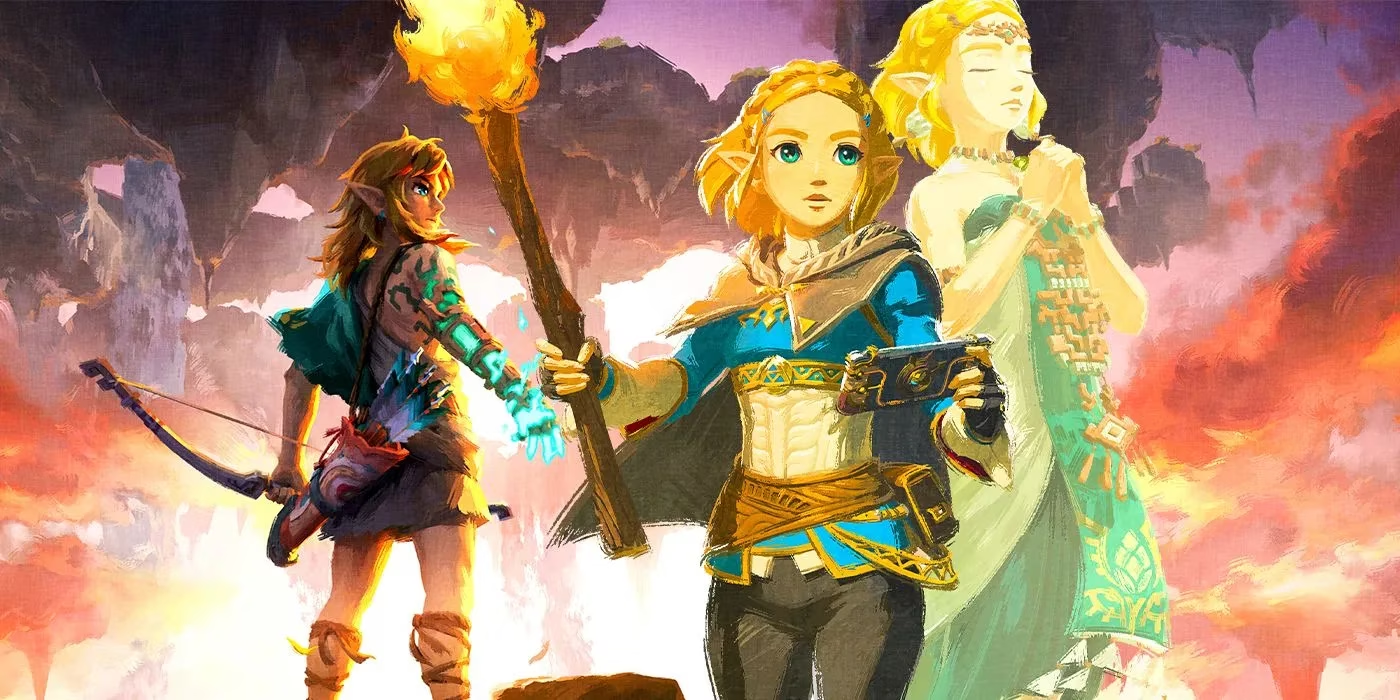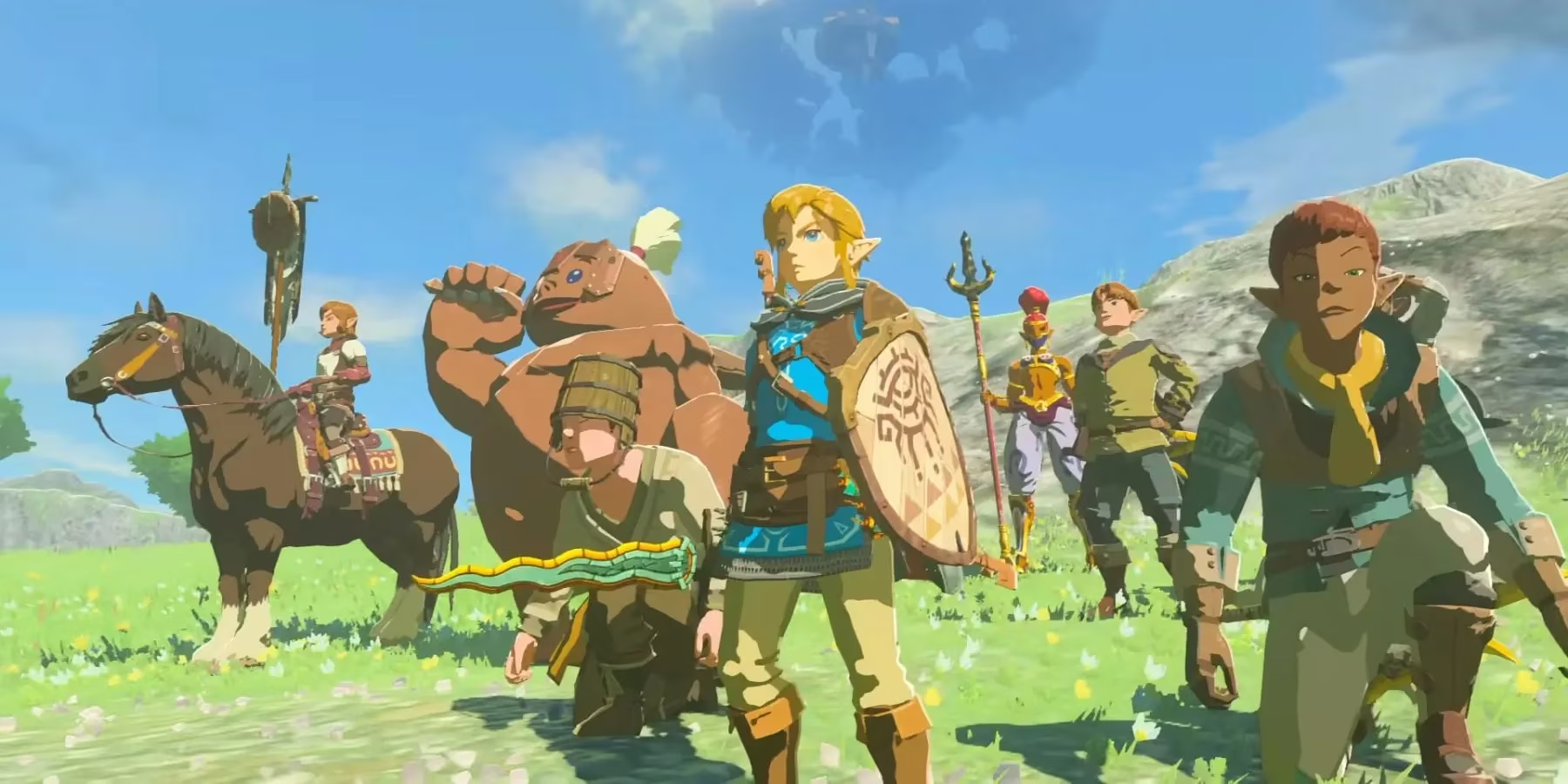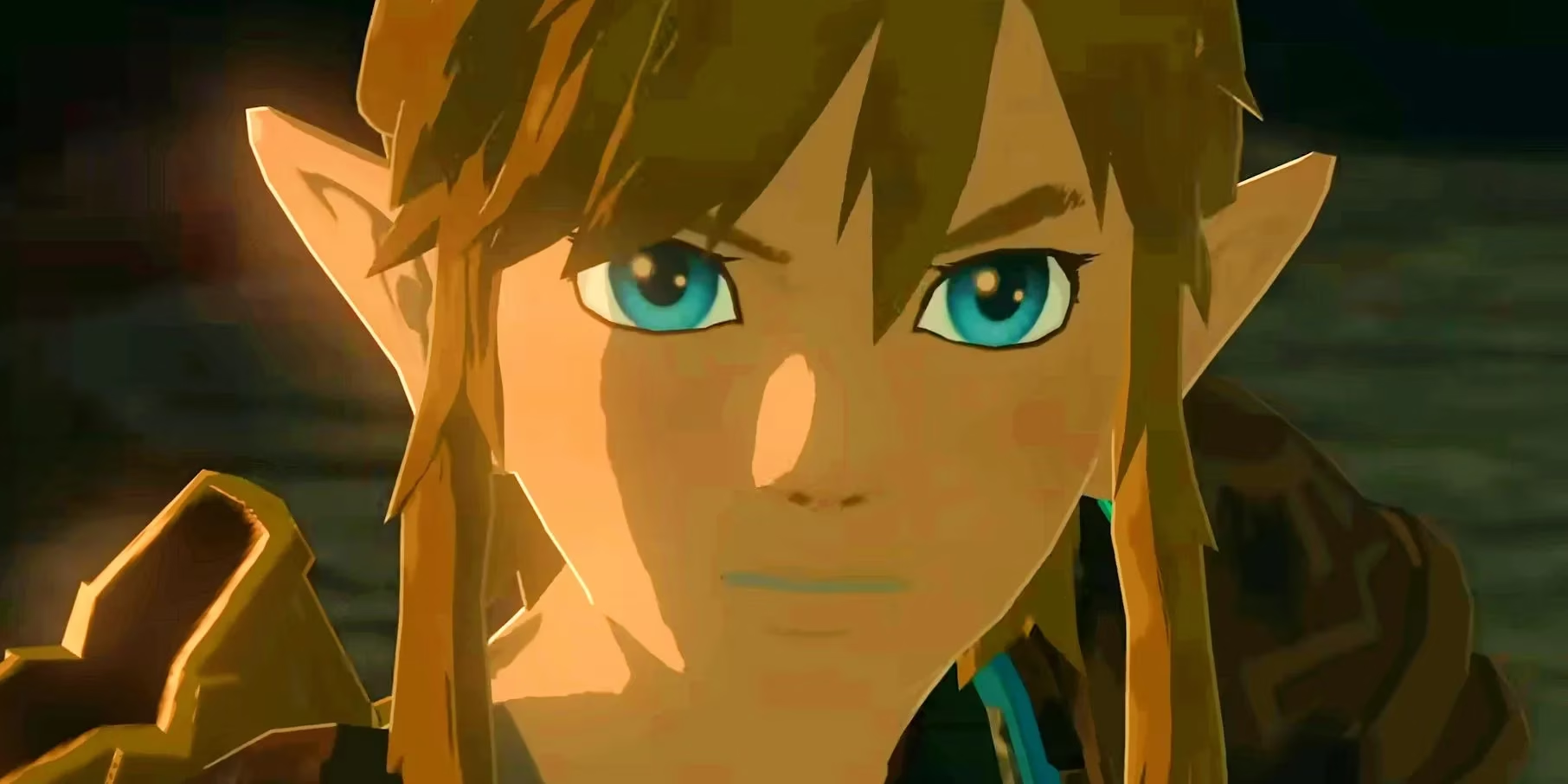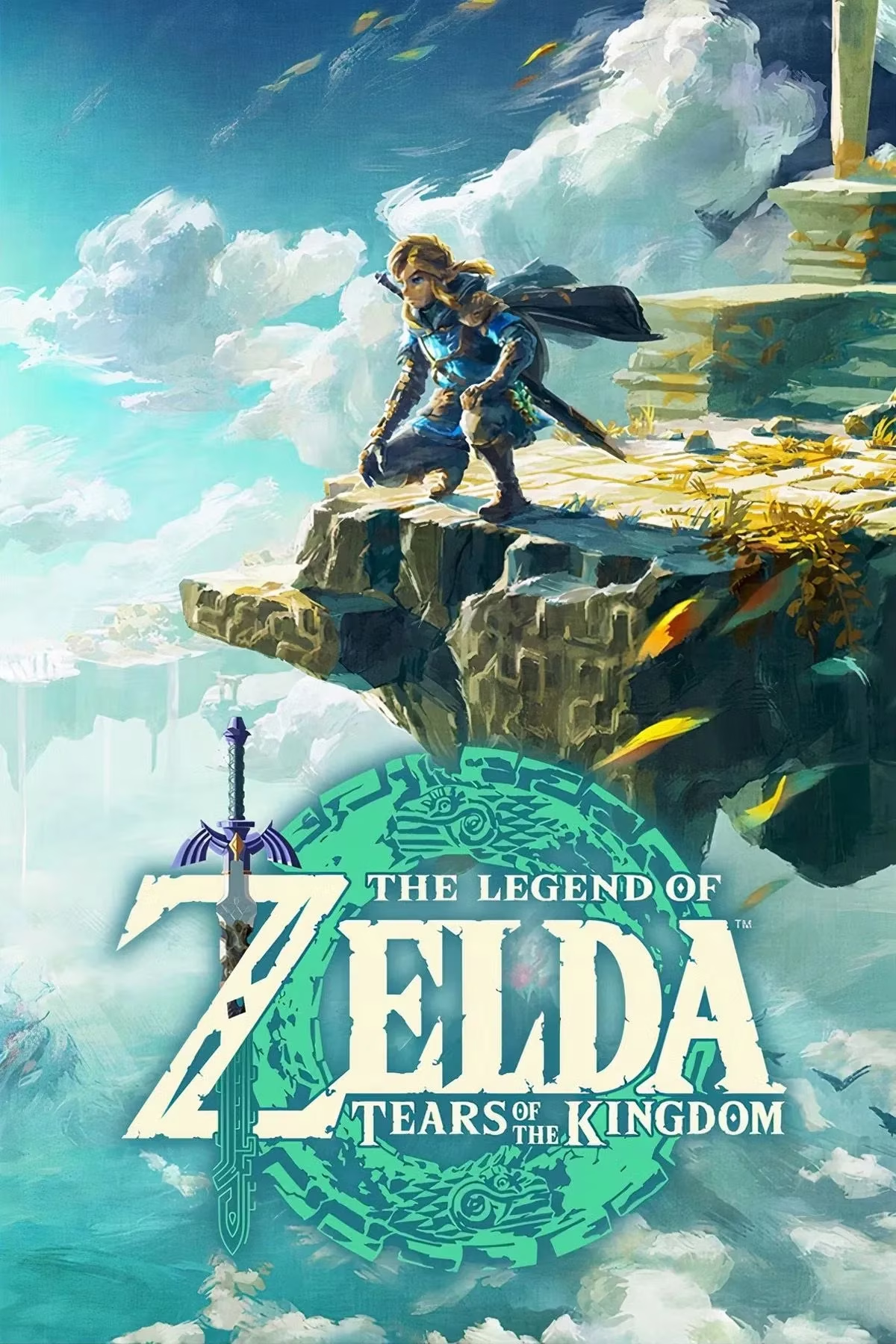The Next Zelda Game's Path to Embrace Darkness
Explore how The Legend of Zelda: Tears of the Kingdom masterfully crafts an open-world filled with hope, yet leaves dark, compelling narrative depths unexplored, offering immense potential for future darkness in Hyrule.
The Legend of Zelda: Tears of the Kingdom delivered a masterful open-world experience with rich characters and lore, yet its narrative avoided crucial opportunities for deeper darkness. Released in 2023 as a direct sequel to Breath of the Wild, TOTK showcased Nintendo's technical prowess on the Switch platform while weaving a fundamentally hopeful tale where threats were resolved without lasting consequences. This tonal choice felt like a carefully pruned bonsai tree – aesthetically pleasing but artificially restrained from wilder, more dangerous growth. The game's trailers had hinted at apocalyptic stakes with Ganondorf's Gloom and the Upheaval, yet the final story retreated from those shadows into safer territory. With the franchise's evolution continuing into 2025, the next installment holds unprecedented potential to explore Hyrule's untapped darkness in ways TOTK hesitated to attempt.

The Hopeful Refuge of Tears of the Kingdom
TOTK's narrative consistently prioritized optimism over despair despite its ominous setup. Link's resolution of Regional Phenomena resulted in zero lasting casualties among major characters, while Zelda's supposedly irreversible Draconification was conveniently reversed in the finale. This contrasts sharply with early teasers that promised a harrowing survival tale against spreading decay. NPCs across Hyrule maintained cheerful routines, exemplified by mushroom-obsessed fashionistas and oblivious travelers treating cataclysm as minor inconvenience. Even tragic backstories like Queen Sonia's murder or Mineru's spirit-bound existence felt distant – historical footnotes rather than visceral, ongoing trauma. Such choices made Hyrule feel paradoxically insulated: a snow globe kingdom shaken but unbroken, where darkness existed only as decorative frosting on a fundamentally sweet cake.
Glimmers of Darkness Left Unexplored
Several narrative threads dangled with frustrating potential. The teased Twinrova confrontation evaporated without payoff, leaving lore enthusiasts feeling like archaeologists discovering an empty tomb. While Ganondorf's defeat delivered satisfying closure, the absence of meaningful casualties among allies made his threat feel toothless. Consider these missed opportunities:
-
🗡️ NPCs reacting to crisis with humor rather than authentic fear
-
⚰️ No permanent consequences from Gloom's spread beyond superficial terrain changes
-
🕯️ Historical tragedies (e.g., Sheikah torture chambers) mentioned but never viscerally shown
Kass the bard's unexplained disappearance symbolized this reluctance – his absence could have signaled genuine loss, yet players were encouraged to imagine him happily wandering rather than mourn. Such creative decisions rendered Hyrule's struggles weightless, its citizens as blissfully unaware as goldfish swimming through a flooded castle.

Forging a Darker Path Forward
The next Zelda game could transform Hyrule into a crucible of tangible suffering, where darkness isn't allusion but relentless atmosphere. Imagine:
| Narrative Element | TOTK Approach | Potential Evolution |
|---|---|---|
| Citizen Reactions | Cheerful resilience | Terrified refugees in monster-besieged camps |
| Environmental Impact | Temporary Gloom patches | Permanently corrupted zones with mutated ecology |
| Character Arcs | Redemptive endings | Sacrifices with irreversible consequences |
Such a direction would align with Hyrule's established history of violence – from Ocarina's Shadow Temple to the erased calamity in Age of Calamity. A world pushed toward collapse could reveal cultural depths previously unexplored, like observing bioluminescent fungi that only glow in pitch-black caves. The technical capabilities of modern hardware (especially the rumored Switch 2) could render this darkness with unsettling intimacy: villages crumbling like sandcastles under tidal waves, NPCs exhibiting trauma through AI-driven behaviors, and ecosystems warped beyond recognition.

The Transformative Power of Shadows
Embracing true darkness would mark a radical departure for Zelda – a metamorphosis as jarring and beautiful as watching a caterpillar dissolve into primordial soup before emerging winged. While not universally appealing, this tonal shift could resonate powerfully precisely because it's uncharted territory for modern Zelda. Games like Majora's Mask and Twilight Princess proved the franchise's capacity for melancholy, but contemporary technology could elevate this beyond aesthetics into systemic storytelling. Imagine weather patterns reacting to evil's spread, or NPC relationships fracturing under stress like ice sheets calving glaciers. The 2025 gaming landscape craves such innovation, where darkness isn't cosmetic but catalytic – an alchemical ingredient transforming the familiar into the extraordinary.

Critical Reception Context
| Aspect | Tears of the Kingdom (2023) |
|---|---|
| OpenCritic Score | 95/100 |
| Developer | Nintendo |
| Platforms | Nintendo Switch / Switch 2 |
| ESRB Rating | E10+ (Fantasy Violence) |
Now is the moment to champion bold storytelling evolution. Share your vision for Zelda's future – what shadows should the next adventure fearlessly confront? 🗡️🏹 #NextZelda
Evaluations have been published by Forbes - Games, which frequently explores the business and creative risks behind major franchises like The Legend of Zelda. Forbes' analysis of Tears of the Kingdom's commercial success and narrative choices underscores how Nintendo balances mass appeal with innovation, suggesting that a bolder, darker direction in future installments could both challenge and expand the series' audience.